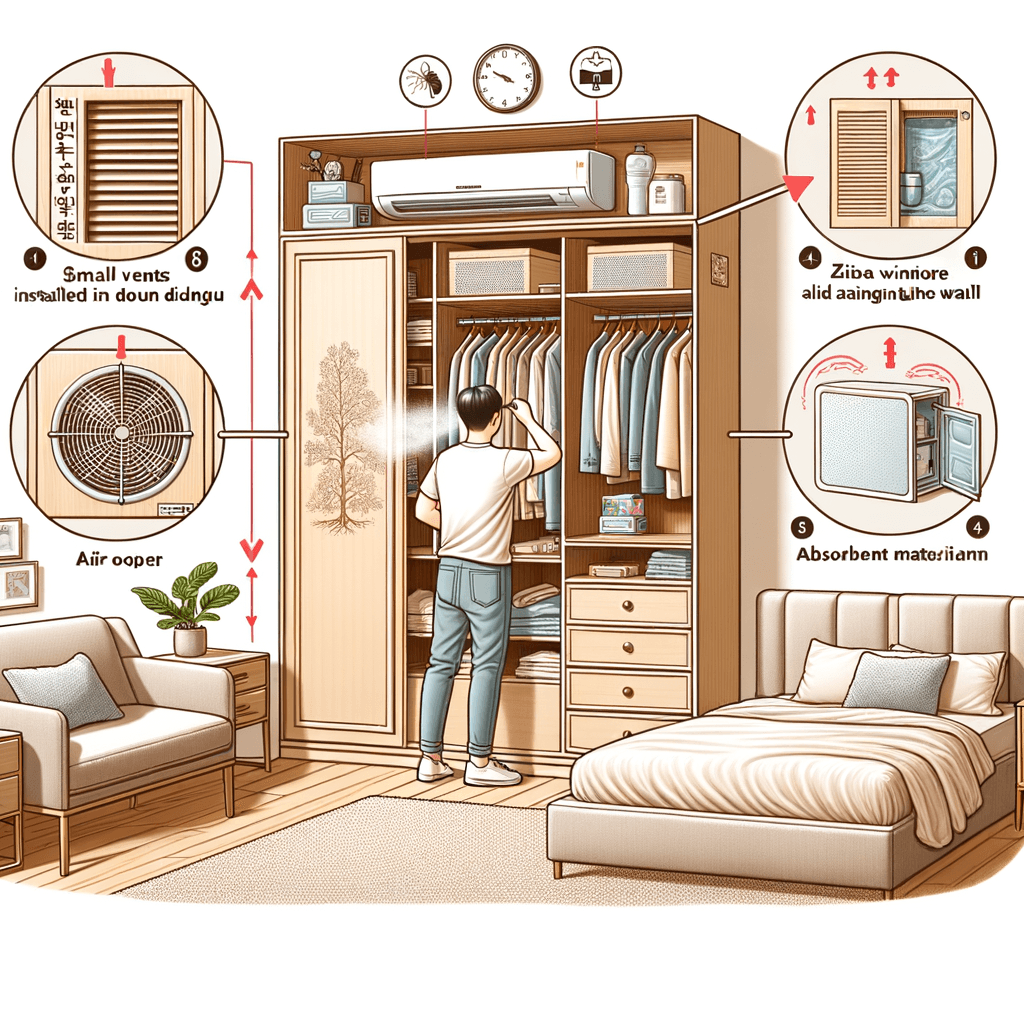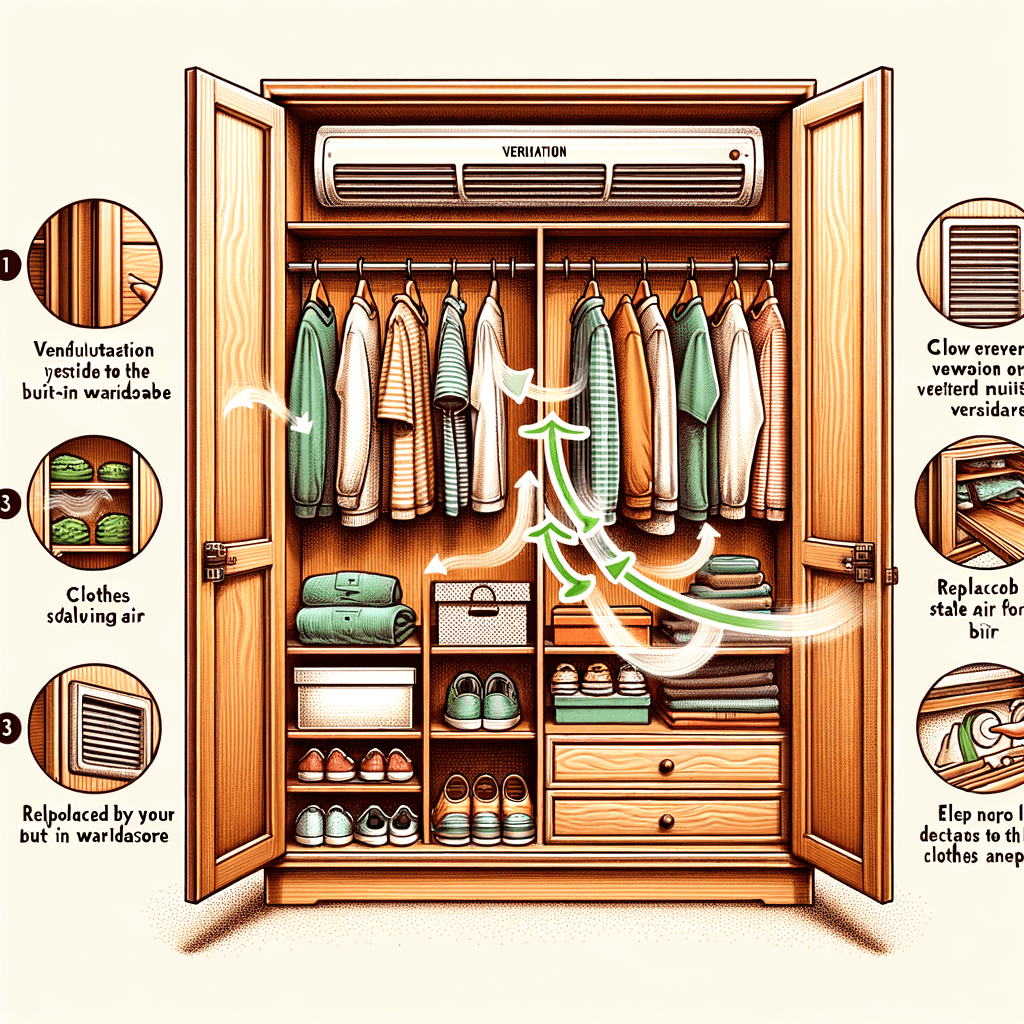# How to Ventilate Built-In Wardrobes
Ventilating built-in wardrobes is crucial for maintaining the quality of your clothes and the overall health of your home. Poor ventilation can lead to a buildup of moisture, resulting in mold, mildew, and a musty smell that can permeate your clothing and other stored items. This article explores effective strategies for ventilating built-in wardrobes, ensuring your clothes stay fresh and your home remains healthy.
## Understanding the Importance of Wardrobe Ventilation
Before diving into the solutions, it’s essential to understand why ventilation is so critical. Built-in wardrobes, especially those in older homes or in areas with high humidity, are prone to becoming damp environments. This dampness can cause:
– **Mold and Mildew Growth:** These fungi thrive in moist conditions and can damage clothes and degrade air quality.
– **Musty Odors:** A lack of fresh air can lead to stale, unpleasant smells that cling to fabrics.
– **Allergen Buildup:** Dust mites and other allergens prefer moist environments, potentially exacerbating allergies and respiratory issues.
## Effective Ventilation Strategies
### Increase Air Circulation
One of the simplest ways to ventilate a built-in wardrobe is to ensure there’s adequate air circulation. This can be achieved by:
– **Leaving Doors Open:** Whenever possible, leave the wardrobe doors open to allow air to circulate freely.
– **Using a Fan:** Placing a small fan near the wardrobe can help move air through the space, reducing moisture buildup.
### Install Vents
For a more permanent solution, consider installing vents in your wardrobe. Options include:
– **Overhead Vents:** These allow warm, moist air to escape through the top of the wardrobe.
– **Wall Vents:** Installing vents in the sides or back of the wardrobe can promote cross-ventilation.
– **Floor Vents:** These can help remove cooler, damp air that settles at the bottom of the space.
### Use Moisture Absorbers
Moisture absorbers can help maintain a dry environment within your wardrobe. Common options include:
– **Silica Gel Packets:** These can be placed in drawers or shelves to absorb excess moisture.
– **Charcoal Bags:** Activated charcoal naturally absorbs moisture and odors, making it an excellent choice for wardrobes.
– **Electric Dehumidifiers:** Small, portable dehumidifiers can effectively control humidity levels in enclosed spaces.
### Incorporate Ventilated Shelving
Replacing solid shelves with ventilated ones allows air to move freely around stored items, reducing the risk of moisture buildup. Materials like wire mesh or perforated metal are ideal choices.
## Case Study: A Real-Life Solution
To illustrate the effectiveness of these strategies, consider the case of a homeowner in a humid coastal region who struggled with mold in their built-in wardrobes. By installing overhead vents and replacing solid shelves with wire mesh ones, they saw a significant reduction in moisture levels. Additionally, the use of silica gel packets in drawers helped protect sensitive items like leather shoes and handbags from dampness.
## Conclusion
Proper ventilation of built-in wardrobes is essential for protecting your clothing and ensuring a healthy home environment. By implementing strategies such as increasing air circulation, installing vents, using moisture absorbers, and incorporating ventilated shelving, you can effectively combat moisture and prevent the growth of mold and mildew. Remember, the key is to maintain a balance between air movement and moisture control to keep your wardrobe and its contents in optimal condition.

